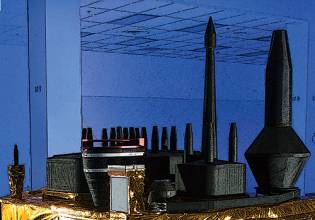Boubeker Belabbas’ Compass Points
COMPASS POINTS
Engineering specialties
Performance analysis of different GNSS configurations (multi-frequency multi-constellation) with and without augmentation. Integration of receiver subsystems starting with antenna design, receiver processing, interference and multipath mitigation algorithms, PVT including integrity monitoring, and hybridization using MEMS-based inertial sensors.
GNSS Event that most signified to you that GNSS had "arrived"
By Inside GNSS












